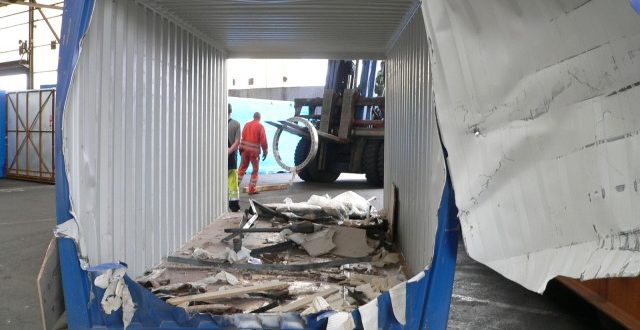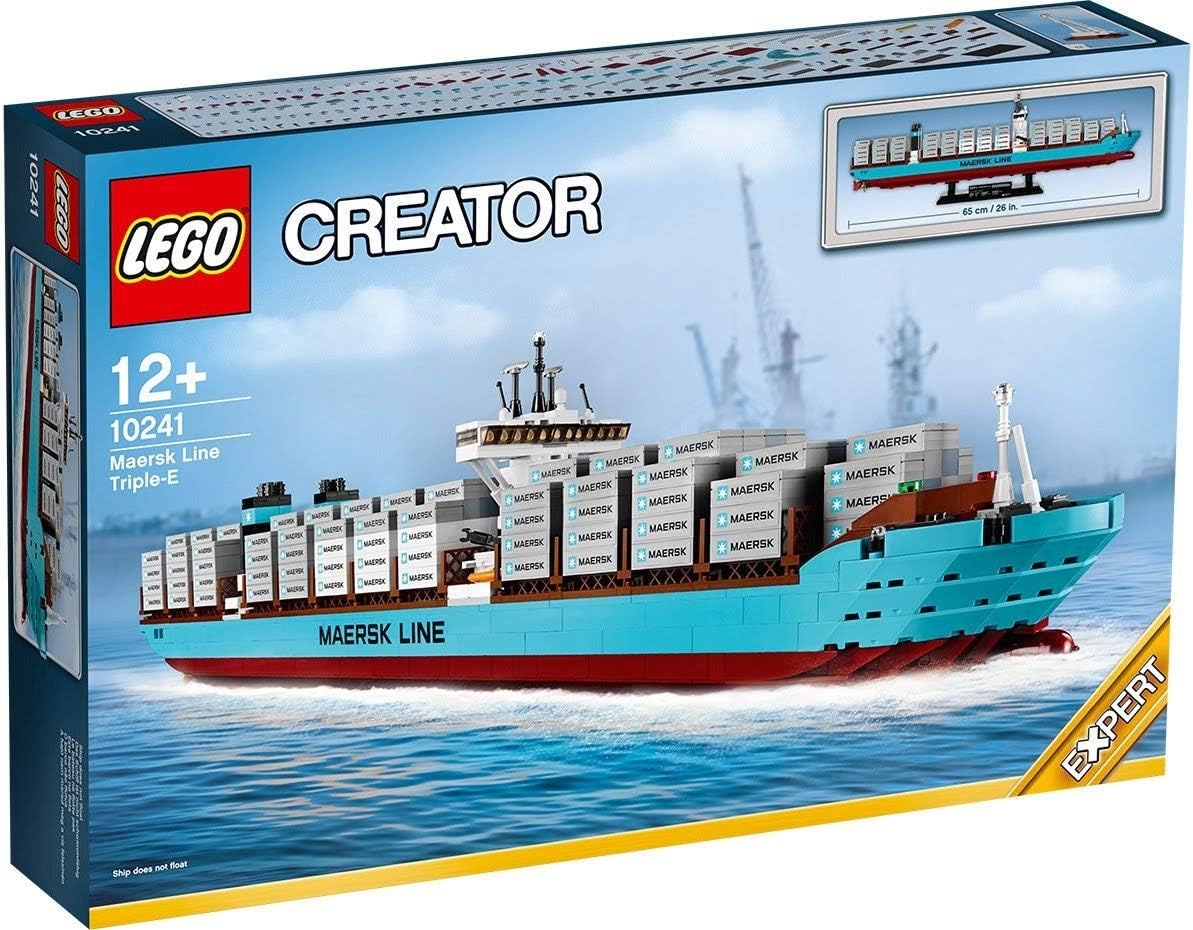7 ESSENTIAL STEPS when dealing with DAMAGED CARGO – CLAIM
This Guide will help you to avoid misunderstandings about claims handling process and to make the process as efficient and simple as possible.
STEPS YOU SHOULD TAKE
- Notify your insurance underwriter
- Contact Liner Customer Service
- Engage a surveyor if necessary
- Mitigate cargo loss
- Collect documents
- Submit a quantified claim
- Protect against time bar
1. Notify your insurance underwriter
If damage or loss to your cargo is apparent upon receipt, you should notify your cargo insurance underwriters immediately. They will advise you how to
comply with all procedures required to fully protect your insurance coverage.
2. Contact Liner’s Customer Service
At the same time, you should also contact your local Shipping Line Customer Service Department so that we may assist you in the most effective manner. You should do so immediately because a late notification will adversely affect your legal position. Late notification may also make it difficult to identify the exact condition of the cargo on delivery and to distinguish between the damage that may have occurred while in Shpping Line’s care and any possible aggravated damage after delivery.
3. Engage a surveyor if necessary
Please note that you are not required to engage a surveyor. There are, however, benefits in engaging one. Independent marine surveyors are professionals who are well-versed in examining damaged cargo and surrounding circumstances. They may spot issues, facts or conditions which an untrained eye may miss. In addition, they can often assist in loss mitigation. The surveyors will summarise their findings in a report, which may form the basis for your claim for compensation from Shipping Line. You should weigh the expense of surveyors against the benefit of their work product and expertise, and make your decisions accordingly. Preferably, the survey should be undertaken jointly, with Shipping Line appointing a separate surveyor. If possible, the survey should take place while the cargo is still untouched in the container so as to provide the surveyors the opportunity to observe the cargo’s stowage, bracing and blocking, damage pattern, and other points of interest.
4. Mitigate cargo loss
Please note that as a matter of law, you must do your utmost to mitigate your loss. Such measures may include precautions to protect the value of sound cargo by segregating the damaged cargo. Damaged cargo may be salvaged for sale in secondary markets. There may be alternate use for damaged goods. Repair or cure may also be possible, which may prove more economical and timely than re-ordering the same goods.
Reasonable costs incurred in mitigation of loss may be included in your claim.
5. Collect documents
You should take pictures of the sound cargo as well as the damaged cargo (so that we may compare them). The pictures should show not only the packaging or exterior of the damaged cargo but also the damaged goods or products. You should also take pictures of the container(s)—particularly if there is container damage— including a picture showing the container number(s). You should keep these pictures as evidence in the event that it becomes necessary for you to file a formal claim.
For reefer shipments, record the temperature, humidity and ventilation settings (if applicable) as well.
6. Submit a quantified claim
Your formal claim should be submitted on your company letterhead, and include an itemised claim statement and calculation with the specific value of cargo damage or loss. It should also include the documents or items described in the list below. Carriers refer to complete and well-supported claims as quantified claims.
Documents:
- Shipping Line Transport Document – Identify the shipment at issue
- Supplier’s commercial invoice – Substantiate the value of the cargo
- Packing list – Validate the cargo count and content
- Survey report with original photographs – Assess the extent of damage or loss
- Calculation of claim – Match against submitted documentation
Depending on the nature of your claim, we may request additional information, such as:
- Salvage receipt or destruction certificate – Confirm reasonable mitigation efforts or destruction
- Temperature records (if applicable) – Assess any deviation in cargo temperature
- Unloading tally – Substantiate cargo quantity at destuffing
- Delivery receipt – Verify receipt, check seal integrity and examine any exceptions
- Equipment interchange receipts – Verify container handover, check seal integrity and examine any exceptions
- Export/import declaration – Corroborate cargo, quantity and/or value
7. Protect against time bar
In most cases, your claim is subject to a one-year statute of limitations, or time bar. If your claim should remain unresolved after one year from the date of delivery (or intended delivery if the shipment was lost), you must either begin a legal proceeding against Shipping Line or request, in writing, to extend the time to begin a legal proceeding. If you fail to take either step, our obligation to handle your claim will expire.
Shipping Line strictly enforces this right as required by our insurance arrangement and auditing standards.
STEPS THE CARRIERS TAKE
- Acknowledge receipt of your claim notification
- Engage a surveyor if necessary
- Initiate an investigation of the cause of damage
- Await your quantified claim
- Acknowledge receipt of your quantified claim and
request any missing documentation from you - Finalise CARRIER’s internal investigation
- Evaluate the merits of your claim and the extent of
Carrier’s liability - Communicate the result of our investigation to you
- Refuse/Accept + Pay outs, if any.
Please bear in mind that the critical event in the handling of your claim is receipt of your quantified claim—this will help to identify any other relevant facts and conduct additional investigations as needed. Once investigation is finalised, carrier will evaluate the merits of your claim in the light of all relevant facts and in accordance with the terms and conditions of carrier’s contract of carriage and applicable law and/or international carriage of goods conventions. In most ordinary claims, Shipping Line will resolve your claim within 30 calendar days (usually) from receipt of your quantified claim. Some of the defences that may be invoked in evaluation of your claim may not be common knowledge and may even sound foreign. However, cargo underwriters are well-versed in these provisions and will be able to deal with them efficiently and effectively.
Please bear this in mind when deciding whether you should insure your cargo or not.
Source: http://www.maerskline.com/~/media/maersk-line/Countries/jo/Files/claims.pdf






Want to say THANK YOU!? SHARE THIS POST in SOCIAL networks and your colleagues! Spend some time on our ADS Sponsors pages (Google ADS Banners). One click is more than enough!
i would like to know as a cargo surveyor if in container there are boxes of cloth and that the bottom boxes are wet an get damaged , how to handle such situation . The container came by ship.
Notify your insurance underwriter, if no instructions given, document everything while unloading with photos and videos of every single movement. Claim the shipping line for the loss including the cargo destruction certificate and cost of the cargo lost. Package damage also makes goods not sellable, meaning you can ask if the shipping line wants to buy them as is.